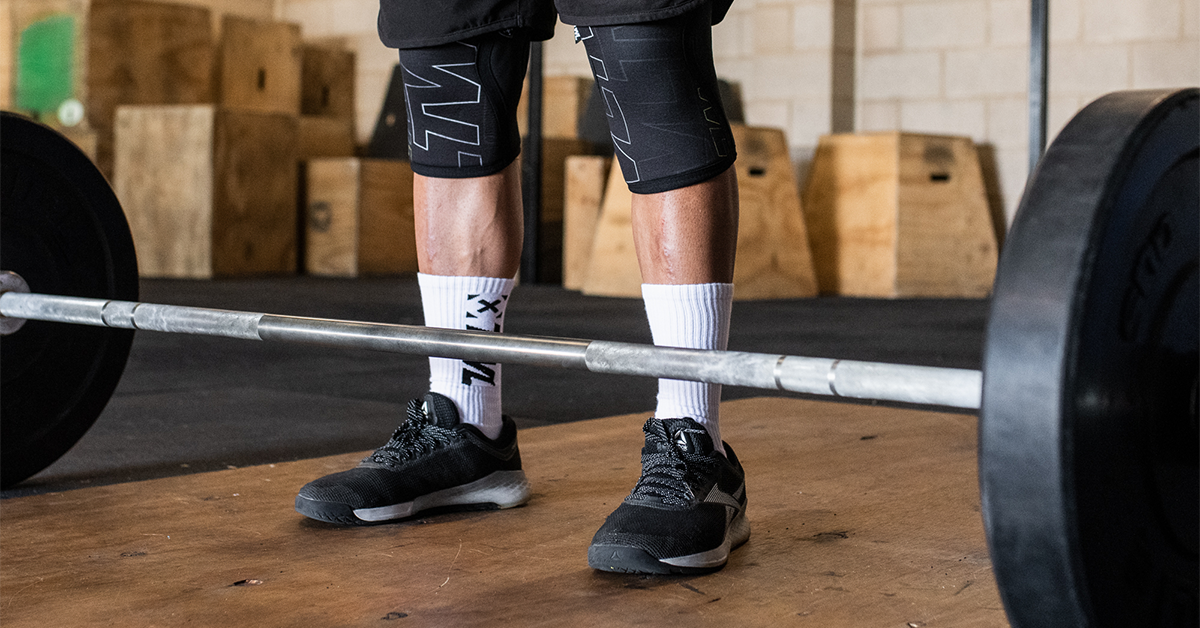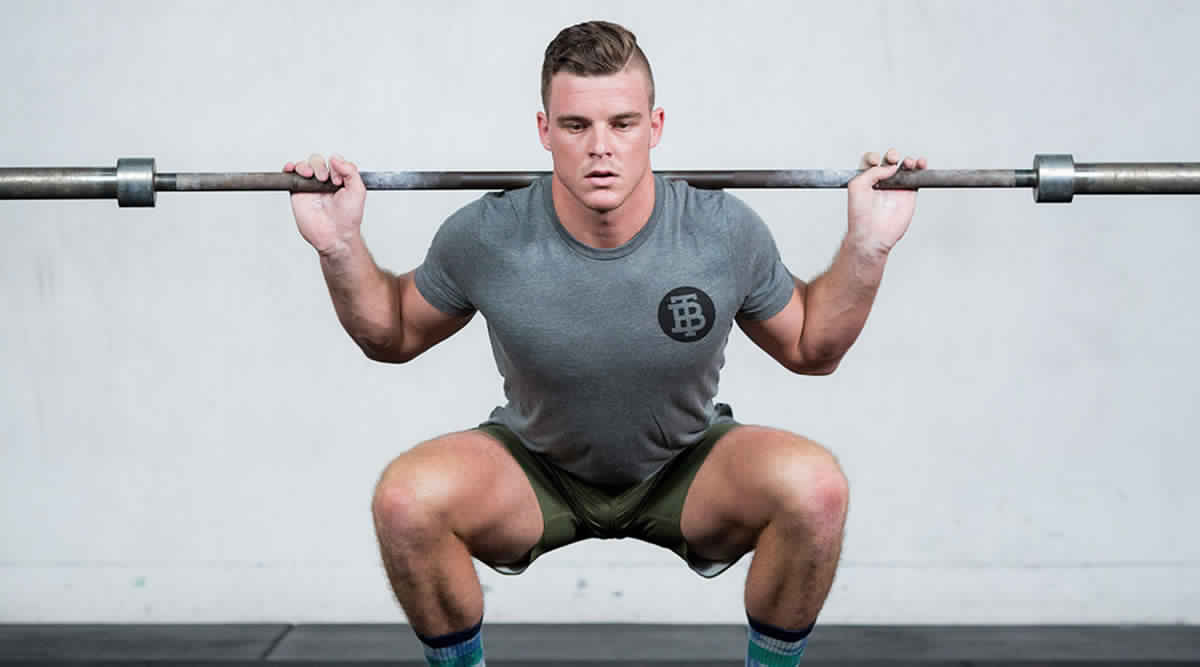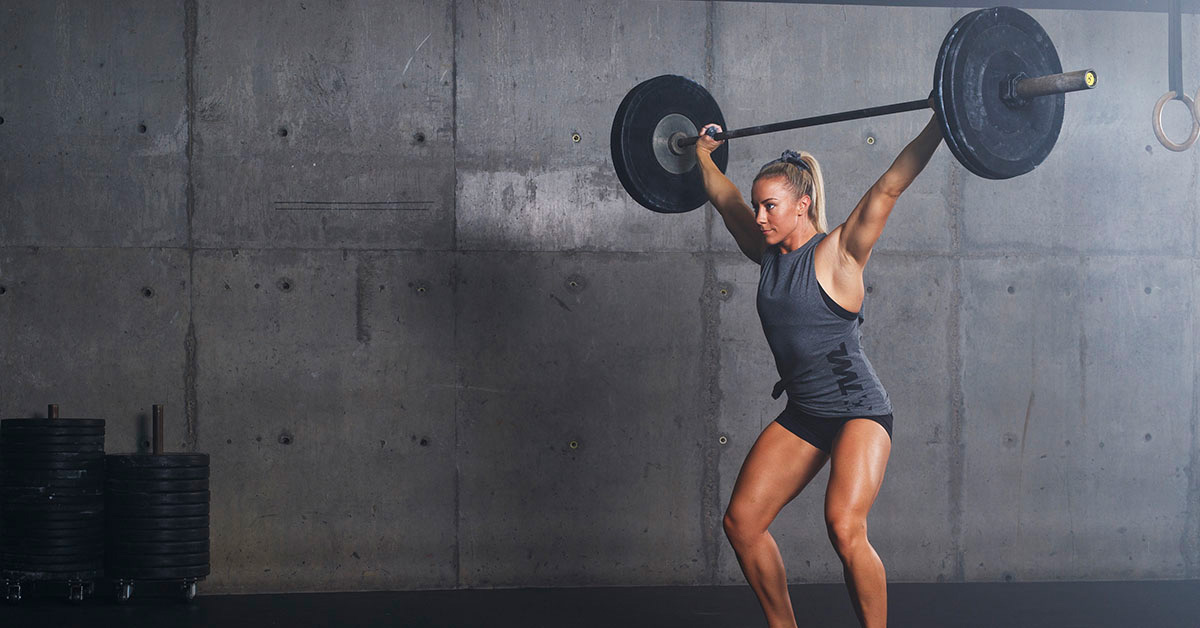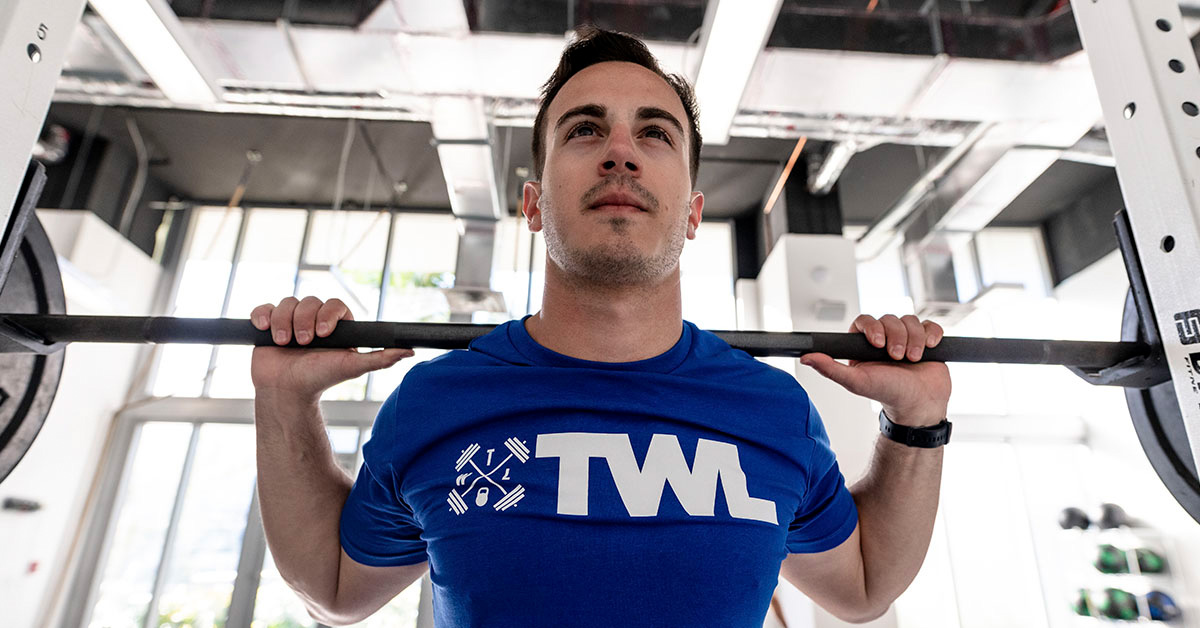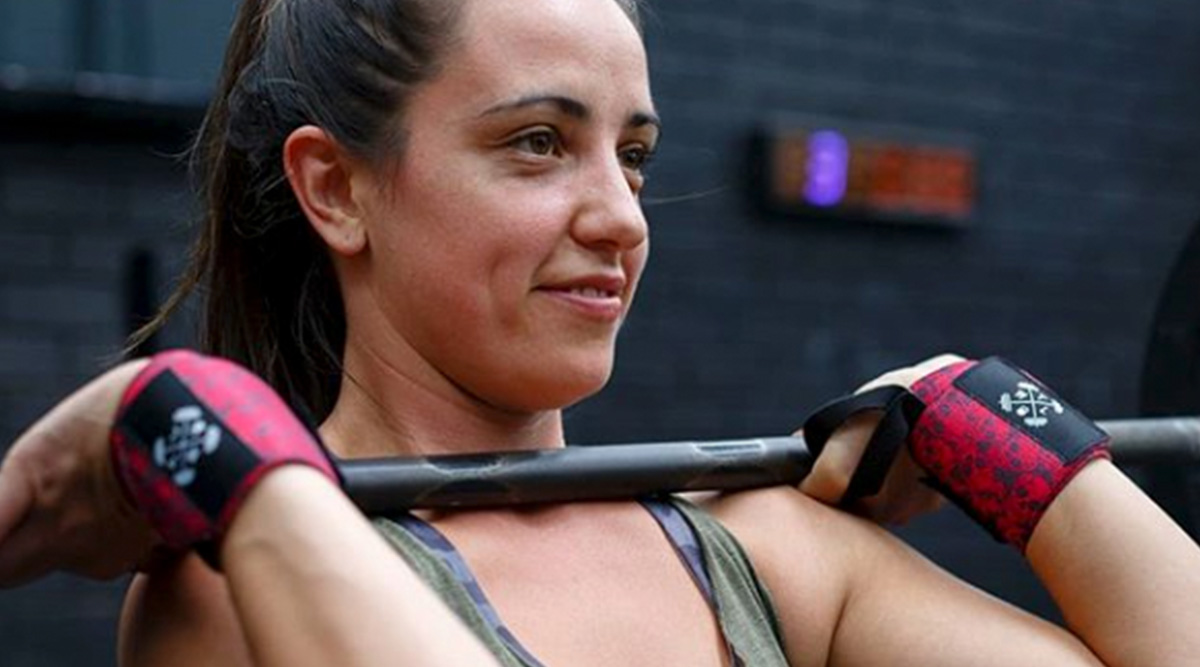The Zercher squat is just one of many squat variations that can spice up your programming while developing full-body strength. But despite its many benefits, it’s often overlooked in favor of your more traditional front and back squats.
Are Zercher squats better than regular squats? How do you do it, and what are the benefits? Also, where did this squat even come from, anyway?
This blog will answer all of these questions and more. Keep scrolling!
The History of the Zercher Squat
Who invented the Zercher squat?
It comes from Ed Zercher, St. Louis Strongman and powerlifter of the 1930s. According to the Zercher squat origin, he trained out of a home gym that looked more like a junkyard. So, he had to get creative with what he had. That led to the inception of what we know today as the Zercher squat.
Zercher was highly respected throughout his career for his strength and no-nonsense approach to training. Naturally, then, the squat grew in popularity. Now, functional fitness athletes, powerlifters, bodybuilders, weightlifters, and other athletes use it to build head-to-toe strength.
How to Zercher Squat
Now that you have a little context, let’s break down how to do the Zercher squat. First, we want to show you what it looks like:
Really, the only difference between this and your standard front and back squat is that the barbell rests in the crook of your arms. Now, how do you get in this position in the first place? There are two main ways you can get the bar in there.
We recommend you follow the above video and take the bar out of the rack. This is safer and more comfortable.
However, some athletes opt to deadlift the bar and then rest it on their quads. They then loop their forearms under to hook the barbell into their elbows and then stand up to their starting position. This takes a little more finesse and can actually be uncomfortable. Truthfully, the barbell isn’t really meant to sit on your quads like that.
Ultimately, it comes down to what you can do more safely and comfortably. But again, we suggest you try the first approach.
General Tips
To get the most out of your Zercher squats, remember these things:
- Only squat as low as you can maintain proper form. If your back starts to round or your knees begin to cave in, cut your squat shorter. (This is good advice for squats in general.)
- Keep your eyes on the horizon! If your gaze dips, your body is going to follow.
- Your elbows should be about shoulder-width apart.
- Take a big breath at the top of the squat. Hold it on the way down. You can either release it on the way up or wait until you’re at the top of the squat. Exhale, and then inhale again before the next rep.
Carefully chosen gear is always helpful. You might find that these items make Zercher squats more doable:
Shop Now
Benefits of the Zercher Squat
The various squats offer some of their own unique benefits.
The Zercher squat, in particular, really forces you to maintain an upright position. You absolutely cannot hold the barbell in this position without bracing your entire core. In other words, this squat is going to give you one heck of an upper-body workout.
Your lower half is still getting one heck of a workout, too. Your posterior chain has to do an insane amount of work — even more than in the front and back squat. This makes the Zercher squat a great way to build strength in the glutes and hamstrings specifically.
If you struggle with squat mobility, the Zercher squat is a smart way to go, because it allows you to go deeper than its counterparts. This is while you’ll frequently see coaches telling their beginner athletes — or athletes struggling with mobility or injury — to opt for Zerchers instead.
Psst! Learn five ways to improve squat mobility.
And here’s the real cherry on top: Because the barbell isn’t on your back, there’s way less compression happening on your spine. This means that it’s a great squat to weave into your regular programming, to give your back a break. It’s also a good alternative for deload weeks.
But… Are Zercher Squats Better Than Regular Squats?
That’s a fair question.
It’s okay to compare and contrast the various squats, but be careful with trying to determine which one is “best.” The reason for this is, plain and simple, they’re just different. The many squat variations offer their own unique benefits. Instead of relying on one over another, rotate between them.
Are Zercher squats harder than other squats? In some ways, yes — especially if you’ve never done them before. Holding a barbell in the crook of your elbows will take some getting used to! Any new stimulus is going to give you a run for your money.
But all of the squats can help you make serious strength gains in the gym. So, it’s in your best interest to give each of them the attention and time that they deserve. If you’re consistent and take your recovery seriously, you will be rewarded!
You can’t go hard at squats without protecting your joints. Shop The WOD Life’s selection of knee sleeves today.

